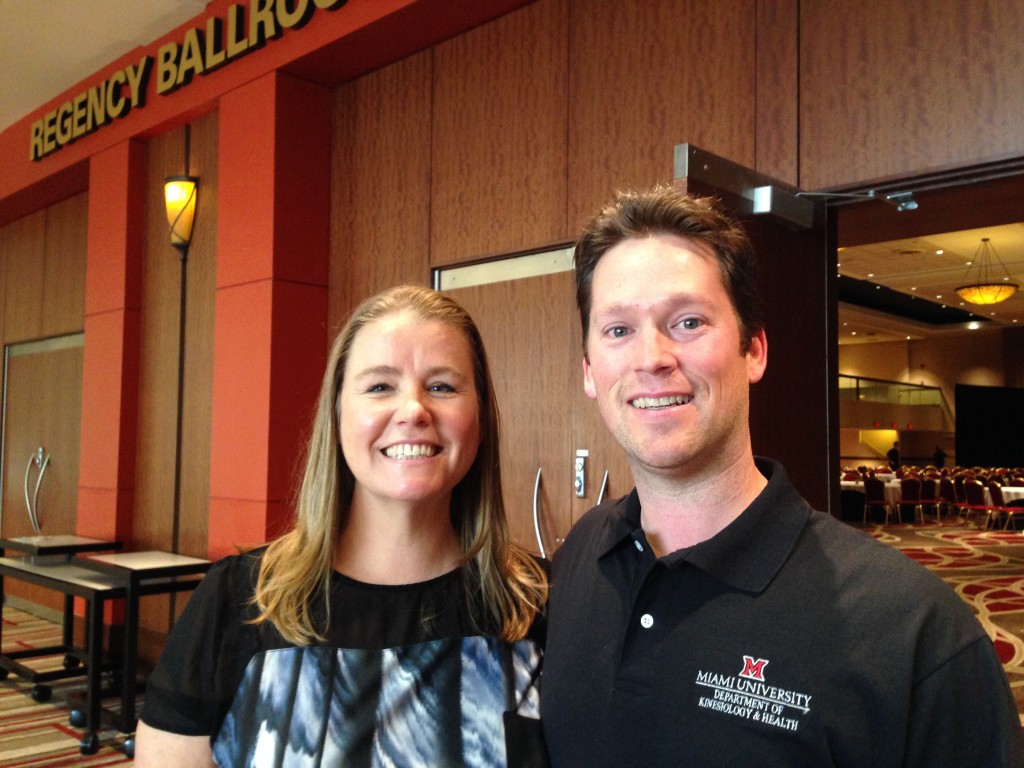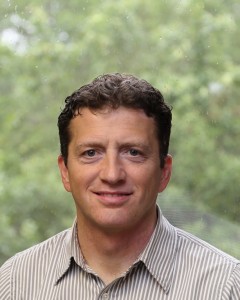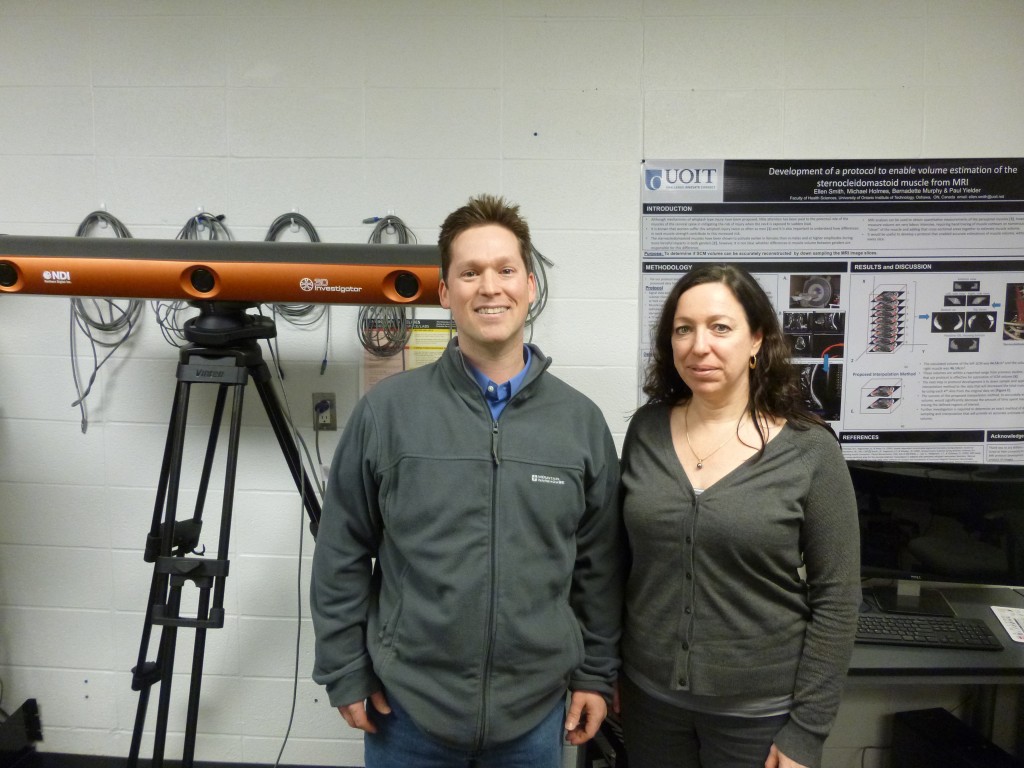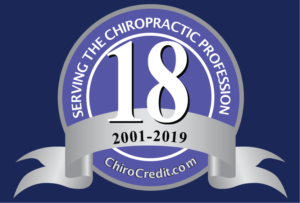Learn what happens in your brain when a chiropractor adjusts your spine. Dr Heidi Haavik is a chiropractor and a neurophysiologist who has worked in the area of human neurophysiology for over 15 years. Heidi has a PhD in human neurophysiology from the University of Auckland. Her work has been instrumental in building the base of scientific evidence demonstrating the efficacy of chiropractic care in improving people’s health and wellbeing. As a researcher, she has investigated the effects of chiropractic adjustments of dysfunctional spinal segments (vertebral subluxations) on somatosensory processing, sensorimotor integration and motor cortical output.
Dr Haavik is the Director of Research at the New Zealand College of Chiropractic where she has established the Centre for Chiropractic Research. Dr Haavik is also an Adjunct Professor at the University of Ontario, Institute of Technology in Oshawa, Canada and is a member of the World Federation of Chiropractic’s Research Council. Dr Haavik has received numerous research awards and has published a number of papers in chiropractic and neurophysiology journals. She has presented her work to both chiropractic and neuroscience communities around Australasia, North America and Europe. She is on the Editorial Board of the Journal of Manipulative and Physiological Therapeutics and Journal of Chiropractic Education. She was named Chiropractor of the year in 2007 by both the New Zealand Chiropractic Association and the New Zealand College of Chiropractic Alumni Association. She is also the author of a textbook – The Reality Check which describes in easy to understand language what happens in the brain when a chiropractor adjusts dysfunctional segments in your spine.
Read about Dr Haavik at her website, and get her book and posters at heidihaavik.com. Subscribe to Dr Haavik’s research service at haavikresearch.com to get great evidence-informed marketing material for chiropractic practices including among other things, videos for your website that explain how chiropractic works. Interested in donating toward her research efforts? Contact her at haavikresearch.com.

Dr. Haavik and Dr. Smith at the Ohio State Chiropractic Association Convention, 2015
Dr. Haavik’s book: The Reality Check










